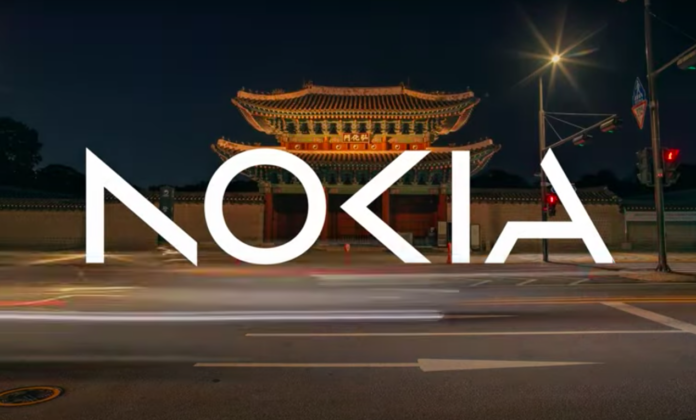Nokia, in collaboration with distribution partner Dongkuk Systems and school networks specialist Erum I&C, has successfully installed its Optical LAN solution in 100 schools including kindergartens, elementary, middle and high schools in South Korea’s Gyeonggi-do region.
The deployment aims to enhance the existing infrastructure and provide a high-capacity network to support digital learning.
This initiative is part of the Korean Ministry of Education’s Green Smart School program to transform existing school facilities into smart learning environments for new-age and digital ways of learning, including the creation of large-capacity multimedia classes.
Following this successful implementation, the project will be expanded across the region and extended to additional schools nationwide.
The newly upgraded network allows the educational institutions to conduct Augmented Reality (AR)/Virtual Reality (VR)-based classes. The network is also capable of being upgraded to 10G and beyond without any additional cabling.
Nokia’s solution, including Passive Optical LAN (POL), Optical Line Terminal (OLT) and Optical Network Terminal (ONT), is designed to streamline operations and reduce energy consumption costeffectively by decreasing equipment and cabling expenses.
Nokia, Dongkuk Systems and Erum I&C customized the solution for the specific needs of the schools.
While Dongkuk Systems is responsible for providing a stable supply chain for the project, Erum I&C ensures seamless product delivery, network design, installation, commissioning and maintenance aspects of the project.
“With the growing adoption of digital learning, the network environment is increasingly becoming a crucial part of the education infrastructure,” said Josh Lee, head of Enterprise at Nokia Korea.
“Our POL solution is designed to boost network performance while increasing efficiencies, thus enabling educational institutions to extend the benefits of digitalisation to a greater number of students in a cost-effective manner,” said Lee.
Kwang Seon Kim, CEO of Dongkuk Systems, said the new upgraded network will lead to improved learning experiences and foster engagement between the students and teachers in the digital world.
Jung Yong Park, CEO of Erum I&C, said legacy networks are not built to address the needs of digital learning, which demands a network designed for large-capacity transmission.
“Nokia’s POL solution allows educational institutions to quickly expand capacity while keeping costs under control,” said Park. “Seamless collaboration and cooperation between all of the partners ensured a timely and seamless execution of the project.”
















